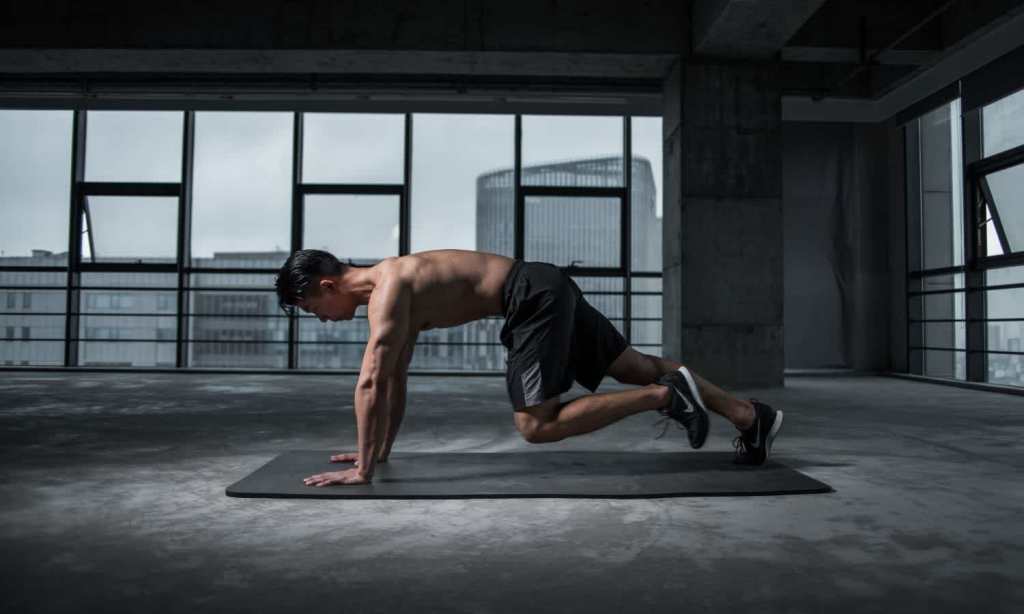Exercise comes with a lot of dos and don’ts. In fact, if you were to listen to all of the information swirling around about exercise, it could be so overwhelming and have the opposite effect, in turn, making working out undesirable.
Moving your body regularly is necessary for good health — there’s no real way around that. Research on the effects of sitting show it to be negative on your overall health, with an analysis of 13 studies finding those who sat for more than eight hours a day with no physical activity had a risk of dying similar to the risks posed by obesity and smoking.
So, if you can exercise, then you should try to find a type of movement that you love and go with it. And, if you’re feeling a little overwhelmed by the “rules” of working out, here are a few myths that are well and truly busted.
— Strength training will make you bulk up
This longheld misconception has been purported in the exercise industry for years but it is categorically untrue. Lifting weights doesn’t make you bulky, especially in the case of women. Strength training will help shape your body but won’t make you bulk up overnight.
Weight training alone will make you stronger but if you do want to bulk up, this requires consuming food in a specific way in tandem with your training.
“Gaining muscle mass comes from a combination of heavyweight training and an excess in calories,” Jacque Crockford, CSCS, spokesperson for the American Council on Exercise, told Shape. “If you perform resistance training one to three days per week and you’re not eating more calories than you expend in a day, you probably won’t see a ton of muscle growth.”
— No pain, no gain
Feeling uncomfortable during exercise and pushing yourself to do better is necessary (especially when your mind isn’t feeling it) but you shouldn’t be experiencing pain after exercising. The “no pain, no gain” mantra is pretty unhelpful and could lead people to injure themselves in an attempt to meet this unmeetable standard.
“The idea that exercise should hurt is simply wrong — muscle pain during or following exercise usually suggests an injury,” Dr Brian Parr, Associate Professor in the Department of Exercise and Sports Science at the University of South Carolina Aiken, told Lifehacker. “However, some muscle soreness is unavoidable, especially if you are new to exercise.”
— Not feeling sore means you didn’t workout hard enough
Feeling sore after a workout has become a sort of currency in the workout industry. If you’re not feeling sore, it must mean you didn’t push yourself hard enough. Wrong. It doesn’t mean your workout wasn’t doing anything to your body, it just means you’re using muscles that you use regularly.
“Soreness just means you worked a muscle that hasn’t been worked in a while, or that the muscle didn’t have enough endurance,” celebrity trainer, Chase Weber, told Well + Good. “It could also be sore or more tender than normal because it was a different movement.”
It might also be that your body wasn’t prepped or fueled properly before exercising. Weber explains: “Soreness can also mean that you didn’t hydrate, you didn’t properly fuel yourself, or your body may be tired, which means it’s exerting itself even more.”
— Stretching before exercise will help prevent injury
Research suggests that pre-exercise stretching has little benefit to injury reduction. While you definitely need to warm your body up before diving into a workout, stretching isn’t the most effective way of warming up.
According to Professor Rob Herbert, senior principal researcher fellow with Neuroscience Research Australia, the most recent three studies on this subject found stretching to have “a hint” of an effect on reducing injuries.
“If stretching does cut your odds of one of these types of injuries, it’s by only a very small amount,” Professor Herbert said.
— You need to work out intensively every day
No, you don’t. And, you probably shouldn’t as your body needs rest just as much as it needs exercise. According to Self, working out breaks down muscle fibres in the body, which then rebuild stronger. But, in order to do this, your body needs time to recover from said exercise.
Instead, aim for one to two active recovery rest days, where you engage in light movement that helps to reduce lactic acid build-up in your muscles, prevents fatigue and stiffness. This could include going for a walk, swimming or a leisurely bike ride — all exercises light enough to not cause any undue strain on your body.







